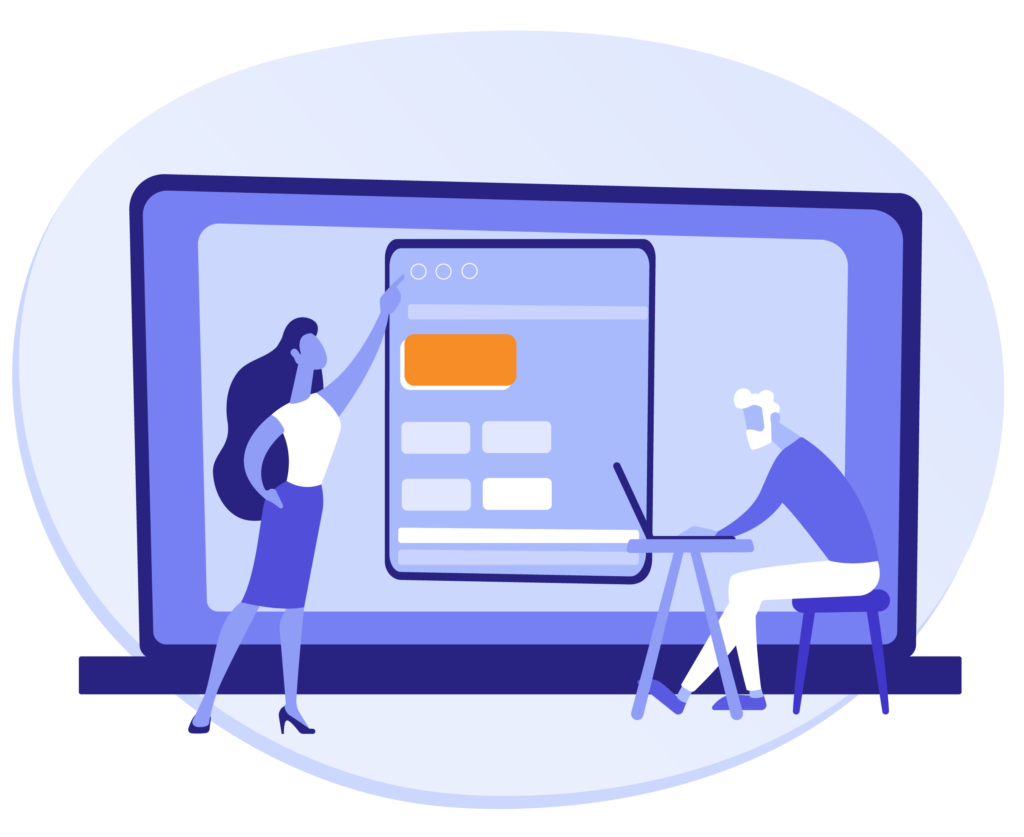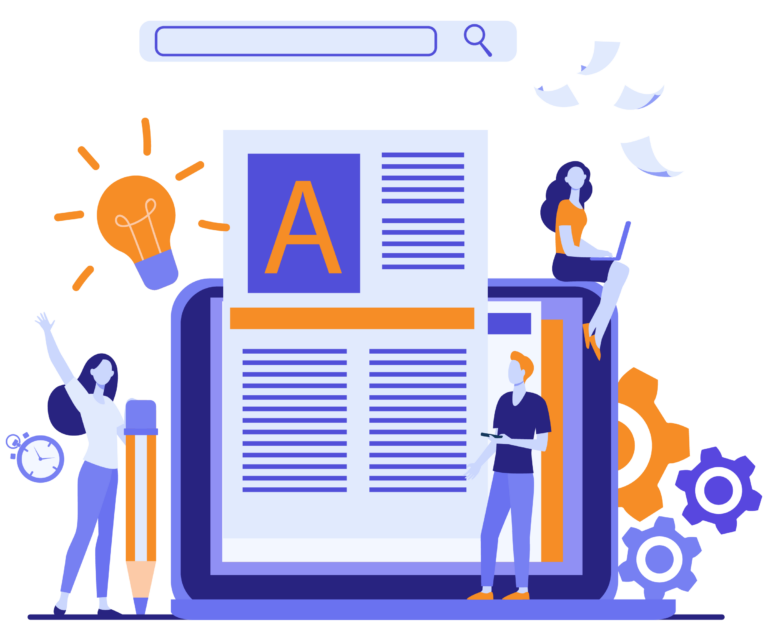It can feel uncomfortable to start delegating your agency’s work to a white label web development company. How do you know if they will do a good job at it? What if you end up becoming another outsourcing horror story just like the other ones you’ve heard about?
Getting started with a white label web development contractor is pretty easy, but you need to be careful as there are many simple mistakes that you need to avoid. We’ve gone through the onboarding process together with many digital agencies.
When agencies start to use our white label web development services, we take them through a series of steps to ensure that we are on the right track. From this article, I hope you’ll be able to learn how to successfully onboard a white label web development contractor as well.
Step 1: Setting expectations
The first and most important step is to discuss the expectations your agency has on your white label web development company. In our experience, each digital agency has their own take on what makes a great website, and what the responsibilities of each team member are.
The following list covers the most common technical expectations that need to be discussed:
- Quality: What’s an acceptable quality level? Use examples to show what you care about, and what you don’t care so much about. Quality costs money, so it’s important to agree on the right trade-off for your agency/project specifically. As a default, we use “near pixel-perfect”.
- Compatibility: Which browsers, devices, and screen sizes do you want your websites to be compatible with? Do you have a preference for how the sites should work on responsive (breakpoints / proportional scaling)?
- Backend setup: How do you prefer to have sites built? As a WordPress development company, we discuss with our clients if they want a page builder like Elementor, or just use our default with Advanced Custom Fields, and/or Flexible Content. Some agencies also have clear preferences for how to organize the fields in the admin panel, and what field types to use for elements such as sliders, excerpts, and post lists.
Expectations go beyond just the technical aspects and requirements of a website project. You should also discuss your expectations of the collaboration with your white label partner.
- Speed: How fast do you expect your web developer to complete a project? Provide examples of previous tasks and websites that you’ve done and how long they took to complete.
- Capacity: How many projects do you have in parallel that you need to complete? What level of development experience is needed to complete them?
- Availability: Do you need to have access to a developer on short notice, or are projects always planned in advance? Do you need immediate assistance or do you handle urgent requests internally?
- Communication: Do you like to chat with your developers often or schedule meetings? Should they reach out as soon as they have a question or collect them in batches so as to avoid interrupting your team?
All of these items have the potential to become issues if you don’t make sure that you’re on the same page as your development team. They may, for good reasons, have different assumptions on how you’d like things to be done. What’s obvious for you could in fact be a rare practice among their other clients.
We’ve written these articles to help explain what our assumptions are, based on what we see are the best practices in many digital agencies:
- Outsource Web Development: 4 First Steps
- WordPress Project Management Best Practices
- WordPress Design: Questions to Ask Before Designing Begins
Step 2: Getting to know the white label team
A white label partnership is in essence a rich form of vendor-buyer relationship. It thus requires establishing just that: a relationship.
Starting a relationship purely over email is not a good idea. There’s so much communication that happens in the verbal and even body language. Make sure to get on calls, especially video calls, with your white label development partner to get to know them. And to let them get to know you.
Misunderstandings are bound to happen, and when it does you’ll be a lot more tempted to get on a call to resolve them if you know the person on the other side of the call. Emails have a tendency to worsen any hiccup in the relationship and they certainly don’t help to build mutual understanding and respect in the way that video calls and physical meetings do.
You don’t need to become great friends with your partner, but we encourage you to go a little deeper than just discussing work. In many of our long term relationships with digital agencies, it feels like we work for the same company. Jokes and birthday greetings are much appreciated 🙂
Step 3: Agreeing on a first assignment
The first assignment should be chosen carefully. A common mistake is to put your partner to the test right away. I understand that it is tempting to “make sure they are as good as they claim they are” before investing too much in the relationship. However, the first few projects are important to get through the learning curve together and make sure the expectations have been fully covered and understood.
The first few projects are important to get through the learning curve together and make sure the expectations have been fully covered and understood.
Therefore, we always make sure the first assignments we take on with a new digital agency is something that is well within the normal scope of projects we do. That way all the “other things”, besides the technical skills of the developer, can be sorted out first. After that, we welcome a challenge to show what we can do.
We also recommend assigning a first project that has a bit extra time before it needs to be delivered to your client. That leaves room for us to double-check the work we do against your requirements (that may be new to the developer) and we have time to correct any mistakes and misunderstandings.
Step 4: Progress review
As the first project is underway, there are certainly going to be some questions that your development partner needs to ask. Also, you’re probably eager to learn about their progress to get the first indication that they will be up to the task.
We normally schedule a meeting after a couple of days, where we collect questions for clarification and talk about how far we have got on the project.
If possible, we start the project with whatever is “the most uncertain” in the project so we can show our proposal and get feedback before continuing. It could be the backend setup or a certain front-end animation that was difficult to write a clear specification for upfront.
Step 5: Post-mortem on the first assignment
After the first assignment is done, you should have another meeting with time for discussions. This time, you can discuss everything from technical execution to pricing and how the communication worked throughout the project.
For us, this is where we review and extend our documentation on how our new partner wants their projects done. What did we miss when we started this project? What did we learn that we should do for them specifically on their next build?
The next couple of projects will likely also be part of the onboarding process, but gradually you can scale back the discussions and progress reports to the level that is comfortable for you in the long run.
Conclusion
The onboarding process is critical to success when you start working with a new white label web development company. We’ve seen this first hand and learned how to set ourselves–and the agency–up for success. Missing any of the items we covered in this article will lead to issues that in the worst-case scenario will lead to parting ways.
The most important takeaway from this article is that you need to think through what expectations you have on your development partner, even those that may seem obvious to you. The list we provided will go a long way as it helps resolve the things we know to be the most common problems in new white label web development partnerships.



